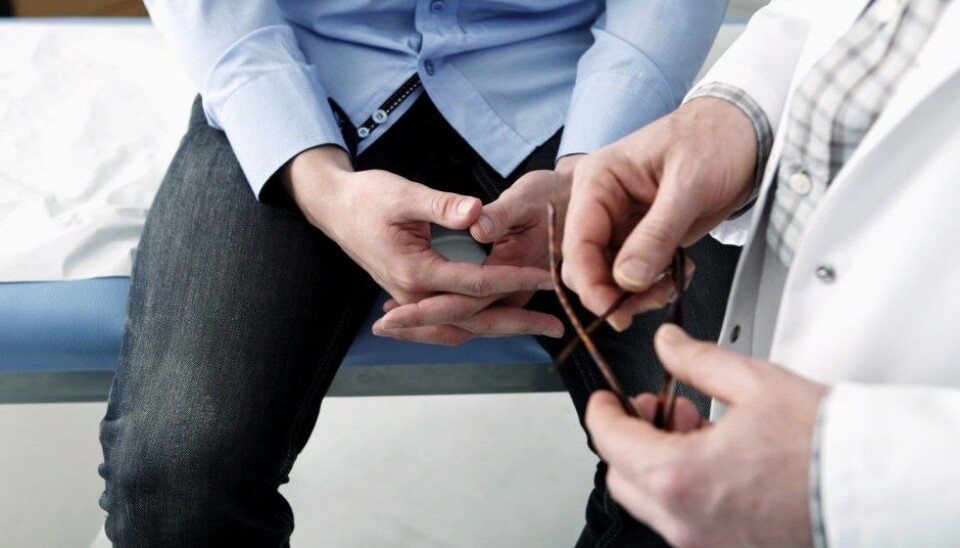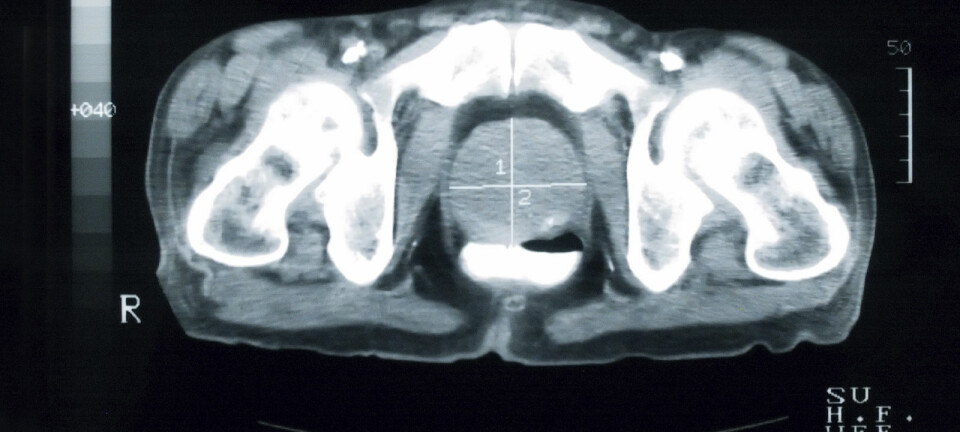
How hereditary is prostate cancer?
Researchers have examined 50,000 brothers of men with prostate cancer to break down the numbers on the genetic probability of the various forms of the disease.
Researchers at Lund University in Sweden have looked into the probability of prostate cancer risks among 50,000 brothers of men who contracted prostate cancer.
Men who have a brother with prostate cancer run a 30 percent risk of getting the disease by the age of 75, according to the Swedish medical researchers. The general risk for Swedish men by that age is 13 percent.
Men with both a father and brother who were diagnosed with prostate cancer were even more vulnerable – 48 percent tend to get it, according to the study.
The most aggressive form
But prostate cancer comes in various forms. The researchers wished to break down the statistics and calculate the odds of inheriting these variations.
The good news is that the risk of inheriting the most aggressive form of prostate cancer with a potentially lethal spread to other parts of the body is fairly small.
The risk of this type of prostate cancer is just five percent for Swedish men in general, and nine percent among brothers of men with prostate cancer.
Those with both a father and brother with prostate cancer histories are most susceptible to the most lethal type. The study says that 15 percent with such a strong genetic link get this toughest type of prostate cancer.
Surprising results
One particular finding surprised the researchers most:
The risk of getting the most aggressive form of prostate cancer looks to be equally high for all men who had a sibling with prostate cancer, independent of whether the brother had a the aggressive form or not.
If you have a brother or father who has had a less aggressive and perhaps untreated prostate cancer, you run a higher risk of getting the most lethal type of the disease.
“This is an important discovery and information about it should be spread to the general public and to persons in the health services,” writes associate professor Ola Bratt at Lund University in a press release.
Some don’t notice
Norway has one of the world’s highest death rates from prostate cancer. About 18 percent of prostate cancer patients die of the disease, primarily because it spreads rapidly through the bones.
But there are also many men who get prostate cancer without noticing any symptoms. They do not get medical treatment and can die of other causes.
The Swedish researchers behind the study are now hoping that health personnel and others will become aware that men who are brothers or sons of men who have suffered any form of prostate cancer are as vulnerable as men whose family members have had the most aggressive and potentially lethal form of the disease.
“Men with two or more close relatives with prostate cancer should now have themselves examined for it by the age of 40 to 50,” recommends the Swedish researcher.
The Norwegian health-related website nettsidene til helsenorge.no calls on men to contact their family doctors is they wish to be examined.
Increases in Norway
Prostate cancer primarily attacks elderly men and the number of cases in Norway is on the rise as the share of the older population expands.
Part of the increase is based on the growing share of men who take prostate-specific antigen (PSA) blood tests, which signal the presence of the disease. More cases are discovered as a result.
As for preventive measures, the health authorities request men to follow the general recommendations about healthy diets, physical activity and abstaining from tobacco.
--------------------------------------
Read the Norwegian version of this article at forskning.no
Translated by: Glenn Ostling








